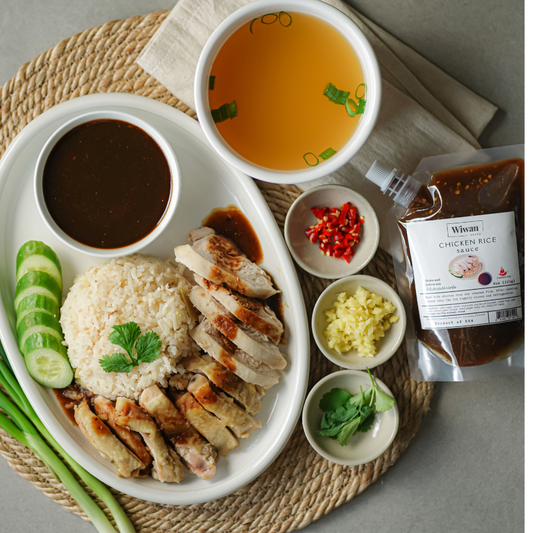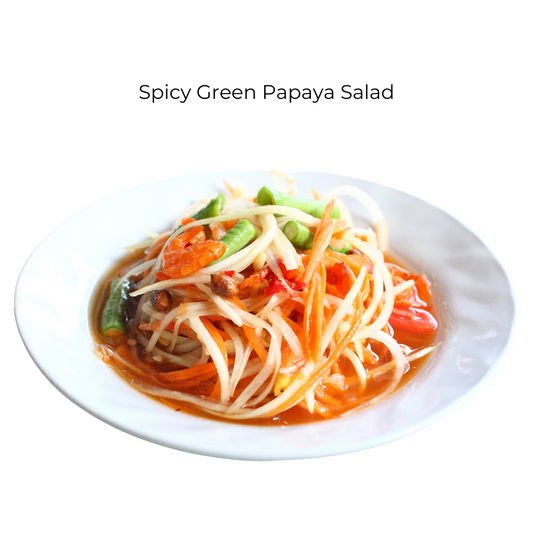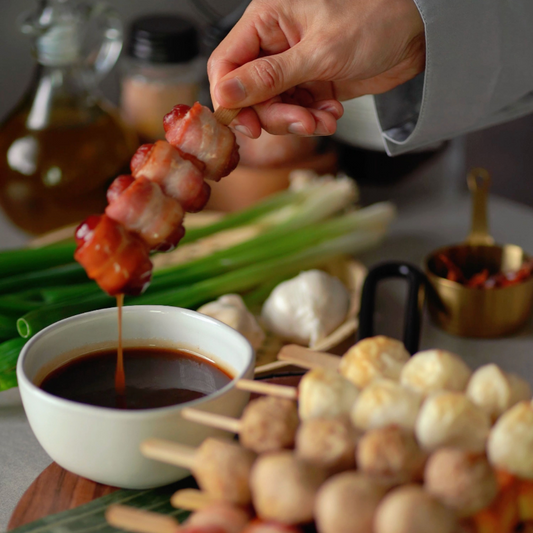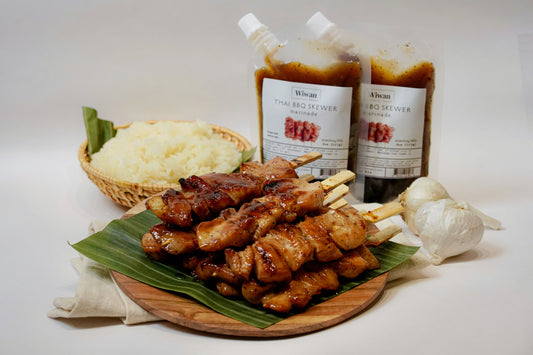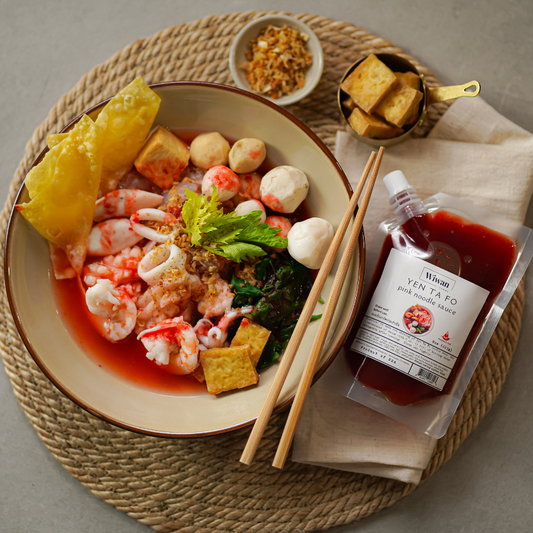
*The offer is automatically applied at checkout when you add 5 or more items to your cart.
Free standard shipping on orders over $35. A $6.99 flat rate applies to orders under $35.
Top selling products
-
Chicken Rice Sauce (Spicy Ginger Soybean Sauce)
Regular price $5.99 USDRegular priceUnit price / per -
New! Som Tum Salad Dressing
Regular price $5.99 USDRegular priceUnit price / per -
Tamarind & Chili Dipping Sauce
Regular price $5.99 USDRegular priceUnit price / per -
Thai BBQ Skewer Marinade
Regular price $5.99 USDRegular priceUnit price / per -
Yen Ta Fo - Thai Pink Noodle Sauce
Regular price $5.99 USDRegular priceUnit price / per



